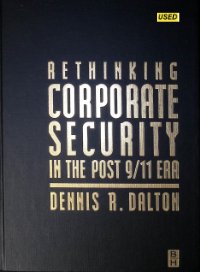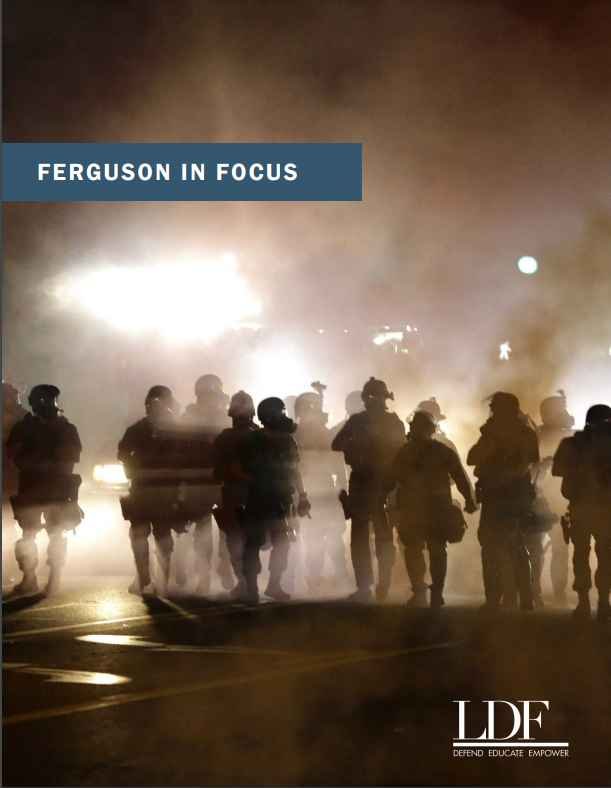By: Kesha Moore, Ryan Tom, Jackie O’Neil
Promoting public safety is serious business and requires precise, thoughtful analysis, not distortions designed to evoke fear and anger.
We model the contextual analysis of crime data needed to guide an effective approach to improving public safety.
Unsubstantiated crime narratives prevent us from understanding the factors contributing to recent increases in violent crime and undermine our investments in evidence-based solutions. Misdiagnosing the causes of crime compromises public safety, similar to when a doctor misdiagnoses you with the wrong ailment and subsequently prescribes medication that fails to address your underlying issues while exacerbating your condition.
Politicians have lobbed disparaging attacks against criminal justice reforms despite contradictory evidence. Public officials, regardless of party affiliation, create fear-mongering narratives about why crimes are happening to convince the public that their strategy is correct. Whether it is Senator Lindsey Graham (R-SC) incorrectly arguing that crime would increase without aggressive prosecutors and increased police funding, or New York City’s Democratic Mayor, Eric Adams, blaming the city’s bail reforms for increases in crime, public actors disparage criminal justice reforms based on false and inaccurate premises. These political actors engage in this rhetoric despite research studies proving their assertions are flatly wrong. This rhetoric leads to harmful and counterproductive policies that aim to increase policing and incarceration, which particularly harm Black people. Unfortunately, the pattern of peddling harmful “tough-on-crime” narratives is not new, but a cyclical component of U.S. history.
Promoting public safety is serious business that requires precise, thoughtful analysis, not distortions designed to evoke fear and anger. Crime is a complex and varied phenomenon, and solutions to address crime must be grounded in data, equity, and fairness. The need for accurate assessments is critical, lest false narratives and distorted data contribute to the harming of communities by law enforcement, just as they did in the War on Drugs. Here, we examine three false narratives presented by politicians and the media to explain the recent increase in homicides nationwide: the expansion of bail reform, practices of progressive prosecutors, and calls to defund the police. Our analysis reveals that the empirical data contradicts these narratives. Our data substantiates other reasons for a spike in homicide rates: pandemic-induced instability and econmic inequality.
Washington, DC: NAACP Legal Defense and Educational Fund, 2020. 41p.
























